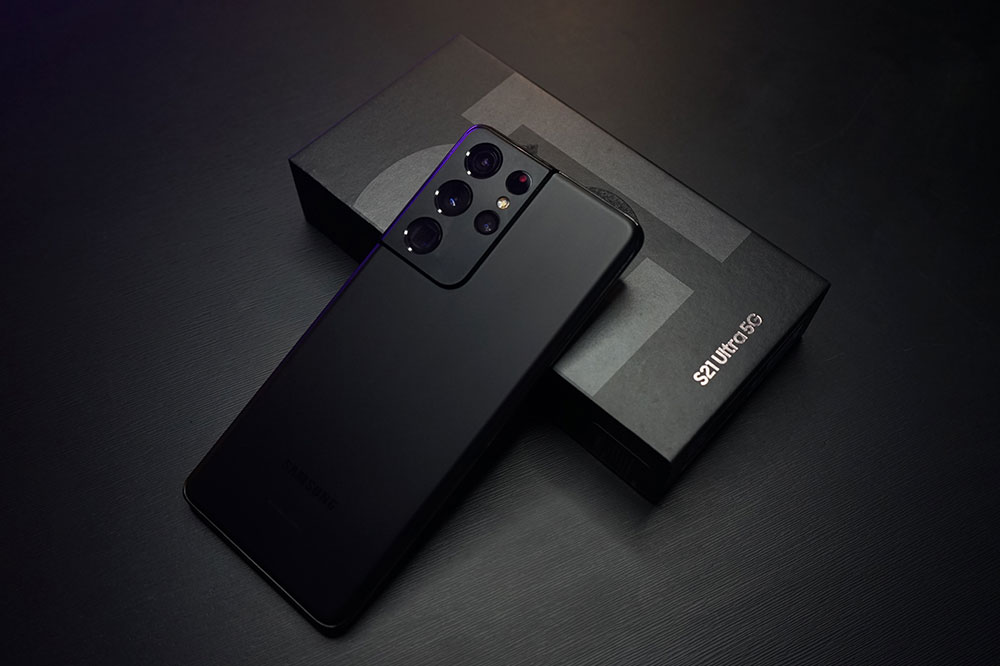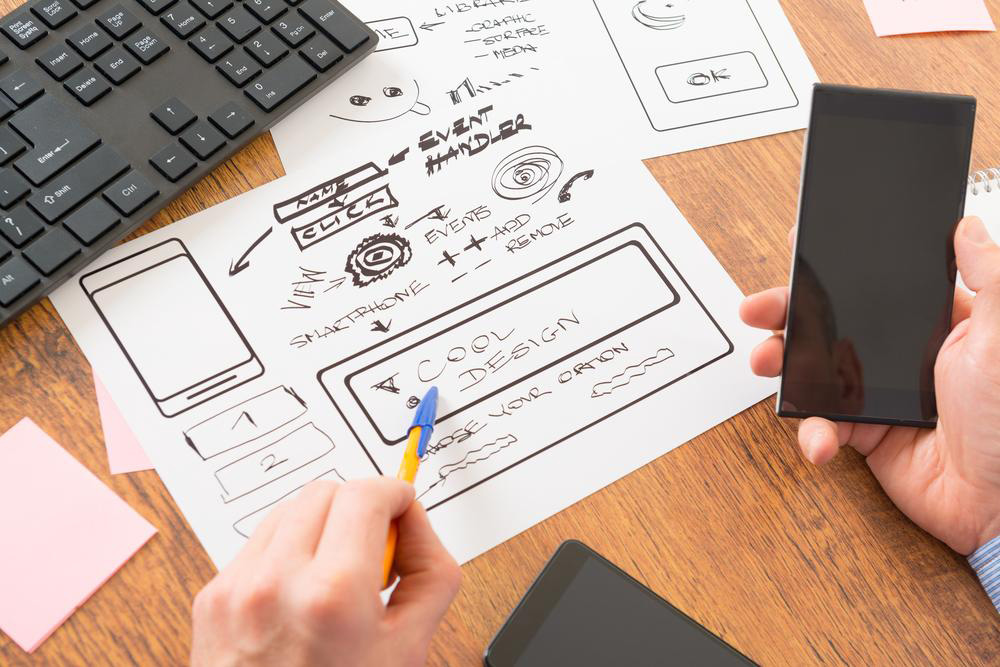Nostalgic Flip Phones That Captivated a Generation
Explore the history and impact of iconic flip phones that revolutionized mobile communication and captured a generation's hearts. From the Motorola StarTAC to the Motorola Razr V3, discover their innovative features and lasting legacy in this detailed overview.

Flip phones, once a symbol of innovation and style, have left an indelible mark on the era of mobile communication. Their distinctive clamshell design, compact form factor, and innovative features during their peak years made them not only functional devices but also fashion statements. As technology advanced and smartphones took over, flip phones gradually faded into nostalgia, yet their charm remains powerful among enthusiasts and collectors. In this article, we explore some of the most iconic flip phones from the past that continue to evoke fond memories and hold a special place in the history of mobile devices.
From the groundbreaking Motorola StarTAC to the stylish and slim Motorola Razr V3, these devices paved the way for the mobile revolution. They showcased innovations such as quick messaging capabilities, multimedia features, and ergonomic design that appealed to a wide audience, including tech geeks, fashion-conscious youth, and everyday users.
Iconic Flip Phones that Defined an Era
These models not only revolutionized mobile communication but also set trends in design and functionality that influence today's devices. Let's take a closer look at some of the most memorable flip phones that have captured the hearts and minds of a generation.
Motorola StarTAC: The Pioneer of Flip Phones
The Motorola StarTAC, launched in the mid-1990s, is often celebrated as the first truly portable flip phone that hit the mass market. Its innovative clamshell design made it significantly smaller and more manageable than previous bulky mobile devices. It featured a sleek, minimalistic exterior with a flip mechanism that protected the keypad and screen when not in use. Priced at around USD 1,000, the StarTAC was considered a luxury item at the time, symbolizing status and technological progress.
What set the StarTAC apart was its lightweight design, effective external antenna, and user-friendly interface. It provided voice calls and basic messaging functions, ushering in a new era of mobile communication. The introduction of the StarTAC marked a pivotal point in mobile technology, influencing subsequent designs and features that became standard in modern smartphones.
T-Mobile SideKick: The Multi-Functional Marvel
The T-Mobile SideKick was more than just a flip phone; it was a communication hub for the youth of the early 2000s. Recognizable by its large swivel screen and horizontal keyboard, the device offered a revolutionary user experience that combined messaging, email, and web browsing capabilities. Its unique form factor resembled a mini laptop or PDA, making it particularly appealing to teenagers and young adults.
The SideKick's ability to quickly send texts, access the internet, and even manage multimedia content made it a trailblazer. Its interface was user-friendly, and among its standout features was the predictive text input that simplified typing. The device notably contributed to the rise of mobile instant messaging and social media integration, laying the groundwork for current messaging apps.
LG Chocolate: The Fashion-Forward Phone
The LG Chocolate combined sophisticated aesthetics with functional features, appealing primarily to a younger demographic. Its candy-bar form factor, with smooth curves and vibrant color options, made it stand out in a sea of more utilitarian devices. The LG Chocolate was also among the first flip phones to integrate a music player directly into the device, supporting MP3 and MP4 formats.
This phone's emphasis on style and entertainment made it a must-have for tweens and teens looking to combine their love of music with everyday communication. It helped shape the concept of fashion-oriented mobile devices, where appearance and personal expression took center stage.
BlackBerry 9760: The Business-Centric Flip
The BlackBerry 9760 was designed for professionals seeking a reliable device for mobile productivity. Featuring a QWERTY keyboard, large external display, and efficient side keys, it offered a balance between style and functionality. Its ergonomic grip and intuitive interface made it comfortable for prolonged use.
Equipped with a 5MP camera and microSD card support up to 32GB, the 9760 was also capable of capturing images and expanding memory for multimedia storage. Its synchronization with email and calendar apps made it a preferred choice for business users, demonstrating how flip phones could also serve professional needs while maintaining a sleek form factor.
Motorola Razr V3: The Slim Trendsetter
Arguably the most iconic flip phone of all time, the Motorola Razr V3 became a global phenomenon thanks to its ultra-slim profile and stylish design. Its reflective metallic surface, available in various colors, exemplified modern elegance and personal style. Priced affordably, it gained popularity among young consumers and became a fashion staple.
The Razr V3 packed a 2MP camera, Bluetooth capabilities, and a user-friendly interface, making it both functional and fashionable. Its compact size allowed easy one-handed operation, and its distinctive clam shell aesthetic made it easily recognizable. The Razr V3's success redefined what a flip phone could be, influencing modern foldable smartphones and continuing to be a nostalgic favorite among collectors.
The End of an Era and Lasting Legacy
While smartphones now dominate the mobile landscape, flip phones from the past continue to evoke nostalgia and admiration. Their unique designs, innovative functionalities, and cultural impact have left a lasting legacy. Today, manufacturers are revisiting flip phone concepts with foldable smartphones, blending traditional aesthetics with modern technology.
Collectors and technology enthusiasts alike appreciate these vintage flip phones for their charming designs and pioneering features. Even in a digital age dominated by touchscreen devices, the allure of flip phones remains strong, symbolizing a bygone era of simplicity, style, and innovation.
In conclusion, the iconic flip phones discussed in this article not only revolutionized mobile communication but also captured the spirit of their time. They continue to inspire new generations of device design, reminding us of a simpler yet innovative era in mobile technology.





